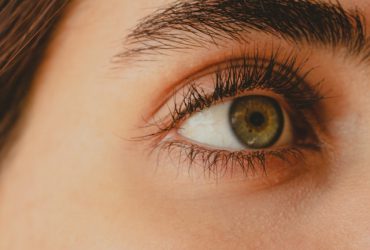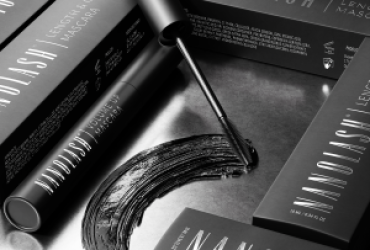What are chemical constituents in a moisturizer? Hyaluronic acid, collagen and more
Moisturizer makes an indispensable element of everyone’s daily beauty routine. No matter the skin type, we must treat or faces with such beauty products – our skin needs water. Have you ever wondered how typical moisturizer works? What ingredients make it give you this desired effect?

How does a moisturizer work?
A moisturising cream is supposed to improve hydration levels in skin. What does it mean? Actually such cosmetic doesn’t introduce more water to your skin but it prevents water from evaporating. How so? It does it through reinforcing skin’s natural barriers so they impede water loss as well as by increasing the water retention abilities of skin. Regular face moisturizing creams are easily absorbed by skin and give you immediate results that take the form of soft and smooth face. Immediate, and owing to the high moisturizing ingredients content – the effects are also long-lasting.
Moisturizing constituents in face creams
The most popular ingredients used in skincare products to fix hydration levels are:
Hyaluronic acid
It naturally occurs in skin. This is glycosaminoglycan that together with collagen and elastin builds skin structures. Unfortunately, with age the concentration of hyaluronic acid in skin decreases, and with it the levels of water drops down too. Although in most cases the molecules of hyaluronic acid used in creams are too big to penetrate skin, this substance is considered to be one of the most effective skin hydrating agents. The mentioned molecules are able to create a coat on skin and then get into epidermis, where they hold water.
Collagen
It naturally occurs in skin. This is a protein that makes epidermis resilient and supply. Instead of pure collagen, moisturizers contain hydrolyzed collagen that is responsible for leaving a thin coat on skin that prevents dehydration.
Glycerin
It’s a trihydric alcohol that is able to penetrate epidermis and reach intercellular space. When added to a skincare product, it fulfills the role either of a moisturizing agent or emollient. Note: the effectiveness of glycerin depends on its concentration: it moisturizes when used in 3-25%, whereas it deprives skin of water when used above 25%.
Vaseline
This is a combination of hydrocarbons. Used as an emollient, it’s responsible for making skin soft and smooth. As the ingredients listed above, vaseline creates a non-porous protective coat that is supposed to prevent water loss.
Urea
This is a byproduct of protein metabolism that can be found in sweat and urine. It displays moisturizing properties, providing that its concentration in a skincare product is lower than 10%.
Paraffine
This is a substance obtained from petroleum. It’s main task is to create a protective film on skin to block water from evaporating.
Silicones
These are organosilicon polymers. They are able to create a coat that prevents water loss without disturbing free gas exchange.
Ceramides
Chemical compounds that belong to lipids which constitute natural cellular cementum. Since their amount in skin decreases with age, we should supply the shortages of ceramides by treating our skin with the quality moisturizers. Synthetic ceramides restore the adequate levels of hydration to skin.
Squalene
This is a molecule that belongs to hydrocarbons. Apart from protecting skin from losing water, squalene also kills bacteria.
Chitosan
A chitin derivative. It creates a non-porous coat that holds water inside skin.
Propylene glycol
This is yet another substance that is responsible for creating a protective coat on face to keep water inside skin. Unfortunately, it may penetrate skin and reside in liver.




Leave a Reply